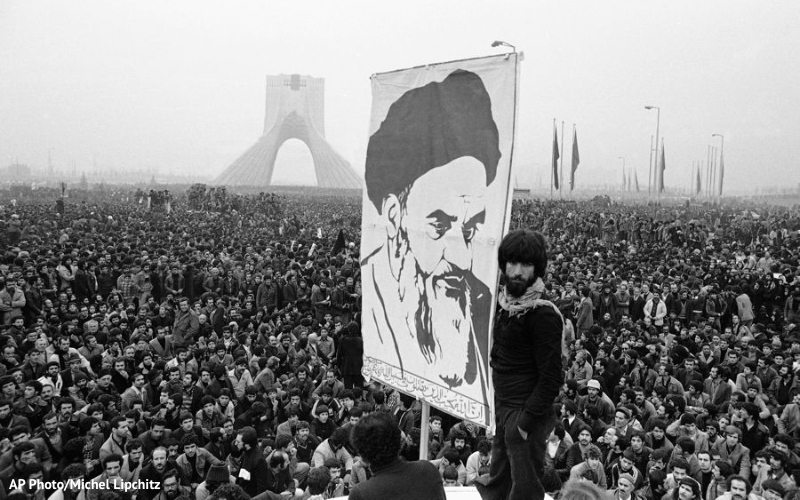The Iranian Revolution, 1979
Revolutions based on poverty and political discontent are a common theme. In one of the most recent revolutions, the Iranian Revolution, these themes are again present. Between 1953 and 1963, the Iranian people experienced severe levels of poverty, and the gap between the social classes grew significantly. The greatest land owner was the Shah (King) Mohammad Reza Pahlavi, and another was the Shia clerical establishment, which acquired land through religious endowments. However, the influence of the Shia leaders decreased as secularism increased. The shah sided with the secularists in most Muslim conflicts, but he did increase economic growth.
Nonetheless, many people were unhappy with the shah because of his secular emphasis and efforts to impose secular laws, as well as the use of the secret police (SAVAK) to maintain control over the country. Some would also argue that unhappiness with the shah was also caused by his relationship with the United States, particularly regarding agreements about oil. An opposition led by Ayatollah Khomeini (who lived in exile in Iraq) began, encouraging Shia opposition to the shah.
On January 16, 1979, the shah left Iran and Shapour Bakhtiar was named the new prime minister, but he could not control the unrest in the country any longer. Ayatollah Khomeini returned to Iran, and Bakhtiar went into hiding as Khomeini began to execute the shah’s supporters. Khomeini held a national referendum on the Islamic Republic (stating simply Islamic Republic: Yes or No) and created a new constitution. He then became the supreme spiritual leader, enforcing strict rules based on the Muslim religious requirements.
Once Khomeini was in power, however, that was not the end of the story. They have had various presidents or prime ministers over the past few decades, and their terms often end because of a coup or death. Relations with Iraq have also been tenuous at best, which seems to be a constant struggle for the country.
Expand your knowledge universe in just 5 minutes a day via bite-sized email courses.
Share with friends:

